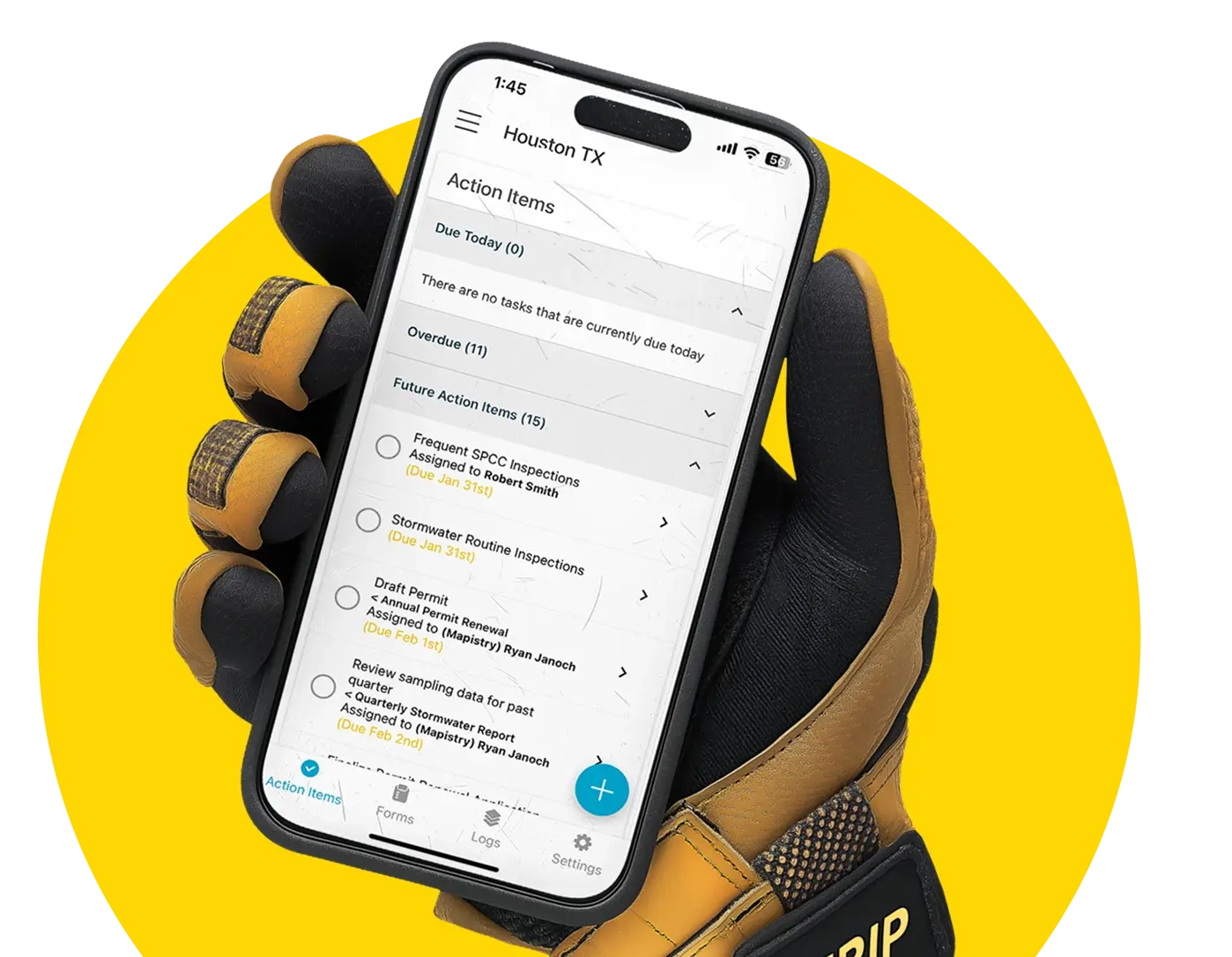Sampling Technique Errors That Could Cost You And Your Facility
Are members of your stormwater Pollution Prevention Team (PPT) going out on a rainy day and just scooping up any stormwater they can find on your industrial site? Sampling is arguably the most important part of a facility’s compliance with the CA Industrial General Permit (IGP).
Despite its high level of importance, we are constantly training stormwater PPTs that are unaware that there are proper stormwater sample collection techniques. It is important to assign sample collection to qualified personnel that are trained appropriately for your facility’s needs.
Not ensuring proper implementation of industrial stormwater sampling methods could cause your stormwater samples to exceed Numeric Action Levels (NALs).
Ultimately this could be the difference between staying in baseline status vs. going into Exceedance Response Action (ERA) Level 1 and Level 2 in California, or even getting sued for samples that were not truly representative of your facility’s stormwater discharges. Here are some techniques we would like to share (because we care)….
Techniques for Stormwater Sample Collection
- Before going out to sample make sure your sampling kit is complete: Chain-of-custody (COC), calibrated pH meter or litmus paper, and lab bottles.
- Only sample stormwater that is discharging from the facility, puddles are for stomping in, not sampling from, so do not sample standing water on the facility.
- Train all sampling staff on exact locations of sample points, or place markers/signs at locations, so that there is no confusion and samples are always taken at the same point.
- Always wear gloves when sampling and change gloves in between sample locations so you do not cross-contaminate samples.
- Collect stormwater samples directly into the lab bottles provided.
- Collect flowing stormwater, do not scrap the bottom of the channel or storm drain.
- When collecting sheet flow use sandbags to force the stormwater to flow over the bag into the bottle so that you are not scrapping up dirt/debris, which will shoot your TSS through the roof.
- Fill all lab bottles to the bottom of the neck, but make sure to not overfill because some will have an acidic preservative (another reason you should wear gloves).
- Take pH reading of sample within 15 minutes of collection and write the value on your COC.
- Make sure sample bottle lids are tight so that the sample does not leak out of the bottle.
- Place samples in a cooler with ice to keep them cold until they arrive at the lab.
- Arrange with your lab for courier service to pick up the samples or have someone drop the samples off at the lab as soon as possible.
Aside from these techniques, it is important to conduct annual stormwater team refresher training so that everyone on your stormwater PPT is on the same page and knows their roles when it comes time to sample. Implementing correct sampling techniques is your last line of defense to ensure clean industrial stormwater data.
Make sure your PPT members are prepared and comfortable with the appropriate sampling methods for your facility. Have some questions or need help training your industrial stormwater PPT? That’s what we are here for!


%201%20(2).png)

